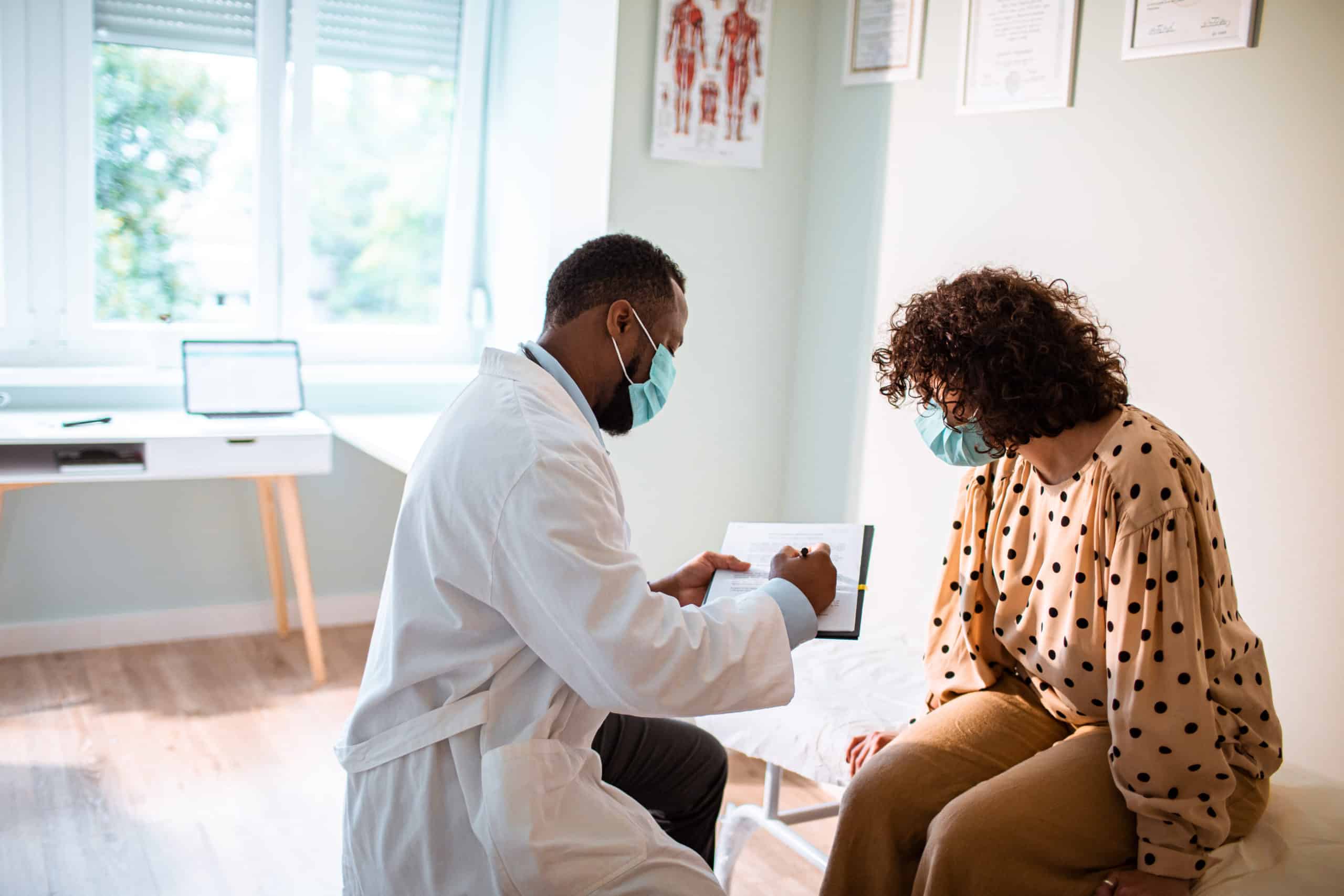In December 2019, the Wyoming Cancer Program, Breast and Cervical Cancer Screening Program engaged JSI to conduct a comprehensive evaluation of the program. The Wyoming Breast and Cervical Cancer Screening Program (WBCCSP) was first funded in 1997; however many of the objectives and activities on the WBCCSP work plan are new initiatives for the program and the program is in the initial stages of implementation for many activities.
The purpose of the WBCCSP evaluation was to assess the program activities to ensure fidelity in program operations, making certain that program priorities align with the needs of Wyoming residents, and provide an understanding of the strengths and gaps of the program. The evaluation findings will guide future program strategic planning and will be used to foster ongoing collaborations with program partners and stakeholders.
JSI conducted a programmatic document review, literature review, compiled quantitative data, reviewed federal and state policies, and collected qualitative data from stakeholders and providers to inform the evaluation findings.
The evaluation findings were summarized from four sources of data: programmatic documents review; literature review; secondary data analysis and compilation; and key informant interviews with key stakeholders and partners. A key missing perspective in this portion of the evaluation is the community/clients. As noted earlier in the report, these were postponed due to the COVID-19 pandemic. Themes emerging from both the literature and key informant interviews drew from current practices, best practices, barriers to increasing preventive screening rates, as well as from discovered gaps.
Primary care practices across the U.S. are projected to lose more than $15 billion as a result of missed consultations and services during the Covid-19 pandemic. That translates to more than $67,000 of lost revenue this year per primary care physician who works full time in the U.S. Breast and cervical cancer screening was down by as much as 90% in March and April 2020 as compared to the same period the previous year, once stay at home orders were put in place.
Awareness of the program was a primary theme across all KIIs. The need to improve awareness is an important focus identified and many creative ideas were provided for communications, marketing, and outreach for the program. Of those providers and clients who know the program and participated, the program is well-respected and appreciated. There are a few key strengths that were identified those include the partnerships with the Medicaid office which allows for a more streamlined approach to enroll providers into the program and billing and the WCRS. However, there were some concerns that the level of integration with Medicaid and the reliance on WCRS (over other potential regional/local providers or organizations) presents limitations.
The program is doing well with enrollment but this doesn’t translate into screening given the lag time in the application process. There were several ways in which this results in missed opportunities to get program clients screened.
Regarding screening, research suggests that states that expanded eligibility for their Medicaid program have improved cancer screening rates compared to states that did not (like Wyoming), and that early adoption of Medicaid expansion is associated with greater improvements in screening. The messenger matters, in this era of patient-centered care, effective communication between clinicians and their patients and family members fosters shared knowledge and understanding and leads to medical decisions that align with patient values. Research shows patients cite a recommendation from a health care provider as the most important reason for having cancer screening tests.



